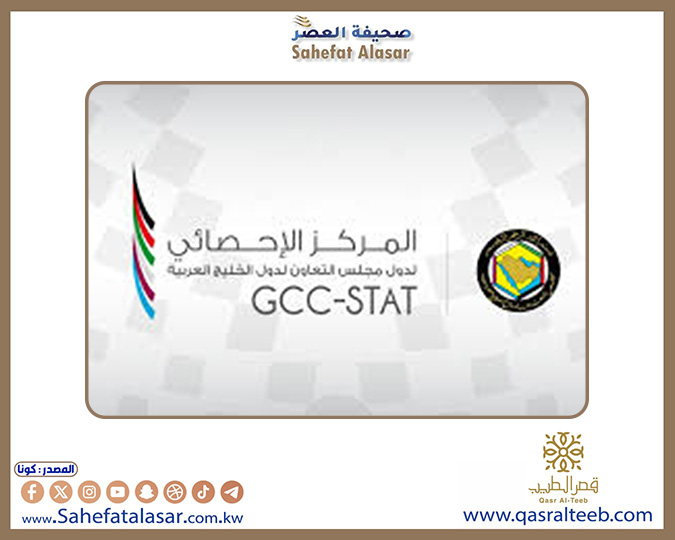


The Statistical Centre for the Gulf Cooperation Council (GCC) states that the total number of workers in the GCC countries, according to 2022 data, reached 31.8 million, representing 54.2% of the total population, with 78.7% being male and 21.3% female. The Centre reported in data released today, Sunday, that the number of workers who are citizens of GCC countries reached 5.6 million, accounting for 17.6% of the total workforce in the GCC, with 60% being male and 40% female. The number of female workers has increased by 600,000 since 2011.
The Centre explained that the government sector remains the largest employer of Gulf nationals, with significant potential for localization in the private sector. Gulf nationals make up 83.5% of the workforce in the government sector, compared to 14.2% in the private sector. The majority of Gulf nationals in the workforce are concentrated in the services sector, particularly in public administration.
The Centre noted that GCC countries have adopted enhanced policies for workforce localization, including the Gulf Common Market, comprehensive development aimed at addressing demographic and labor imbalances, industrial development by increasing the contribution of national workers to the industrial sector, and population strategies aimed at enhancing women's role in development, achieving demographic and labor balance, and increasing the participation and training of national workers.
It added that all GCC countries prioritize young workers while promoting economic diversification and transitioning to environmentally friendly green jobs. The Centre stated that GCC countries focus on preparing educated national cadres, as education is a fundamental pillar for achieving sustainable development goals. Data indicates that the total number of students in general education in the GCC for the academic year 2021/2022 reached 9.3 million, with an annual growth rate of 6.6% compared to 2018. The majority of general education students are enrolled in government institutions, accounting for 75% of the total.
The Centre added that the total number of students in higher education institutions in the GCC for the academic year 2021/2022 reached 2 million students across 258 higher education institutions in various GCC countries. These countries have achieved high progress rates in global university rankings.
The health sector is considered one of the most important sectors in GCC countries. Data shows that the total number of hospital beds in GCC countries in 2022 reached approximately 121,200, with a growth rate of 8.9% compared to 2018. The total number of human doctors increased by 65.4%, reaching 224,300 doctors. The total number of pharmacists rose by 46.8%, reaching 69,400 pharmacists, and the total number of beneficiaries of health services in the GCC reached 561,900.
The Centre pointed out that the number of patents granted by the GCC Patent Office in the fields of pharmacy and biotechnology in 2022 reached approximately 316 patents. Meanwhile, the number of pharmaceutical products whose prices were studied was 607, and the number of pharmaceutical products with unified prices was 223.
It is worth noting that the Gulf Statistical Centre, headquartered in Oman, is the official authority for data, information, and statistics related to GCC countries. It was established to serve as the official source of statistics and to enhance statistical and informational work for national statistical centers and planning agencies in GCC countries.

